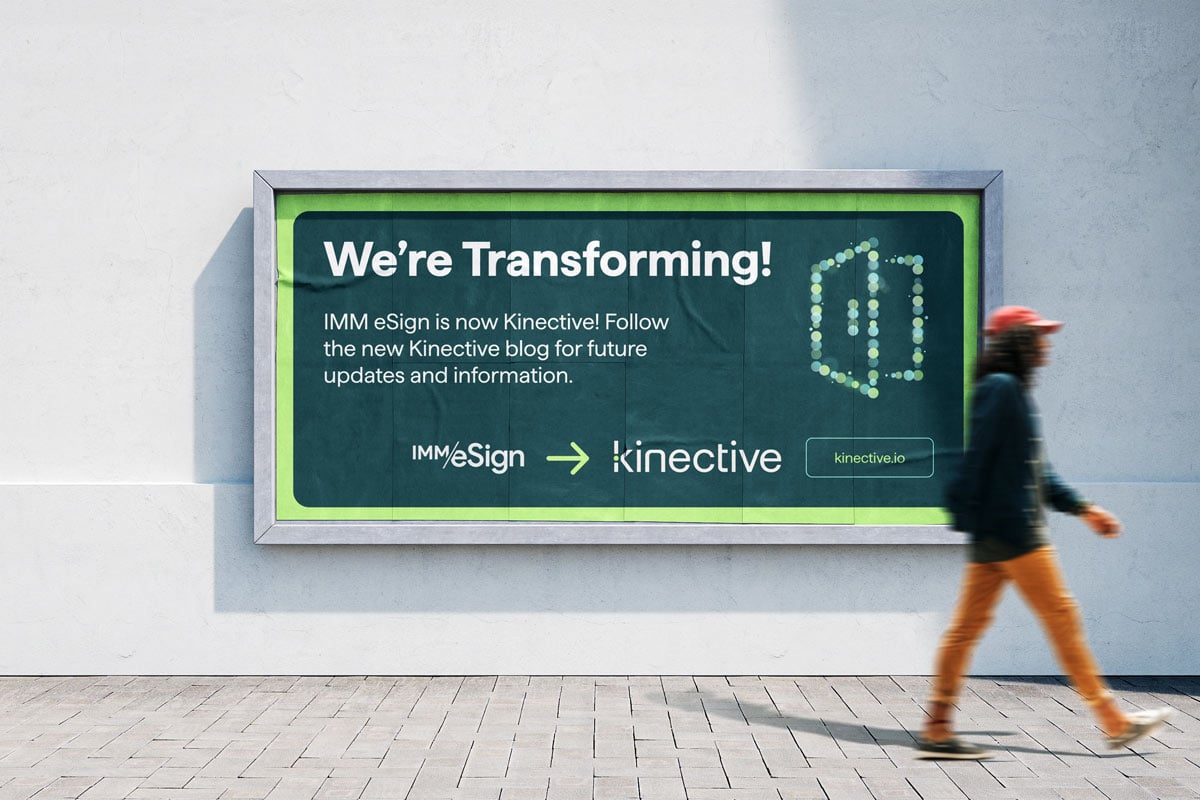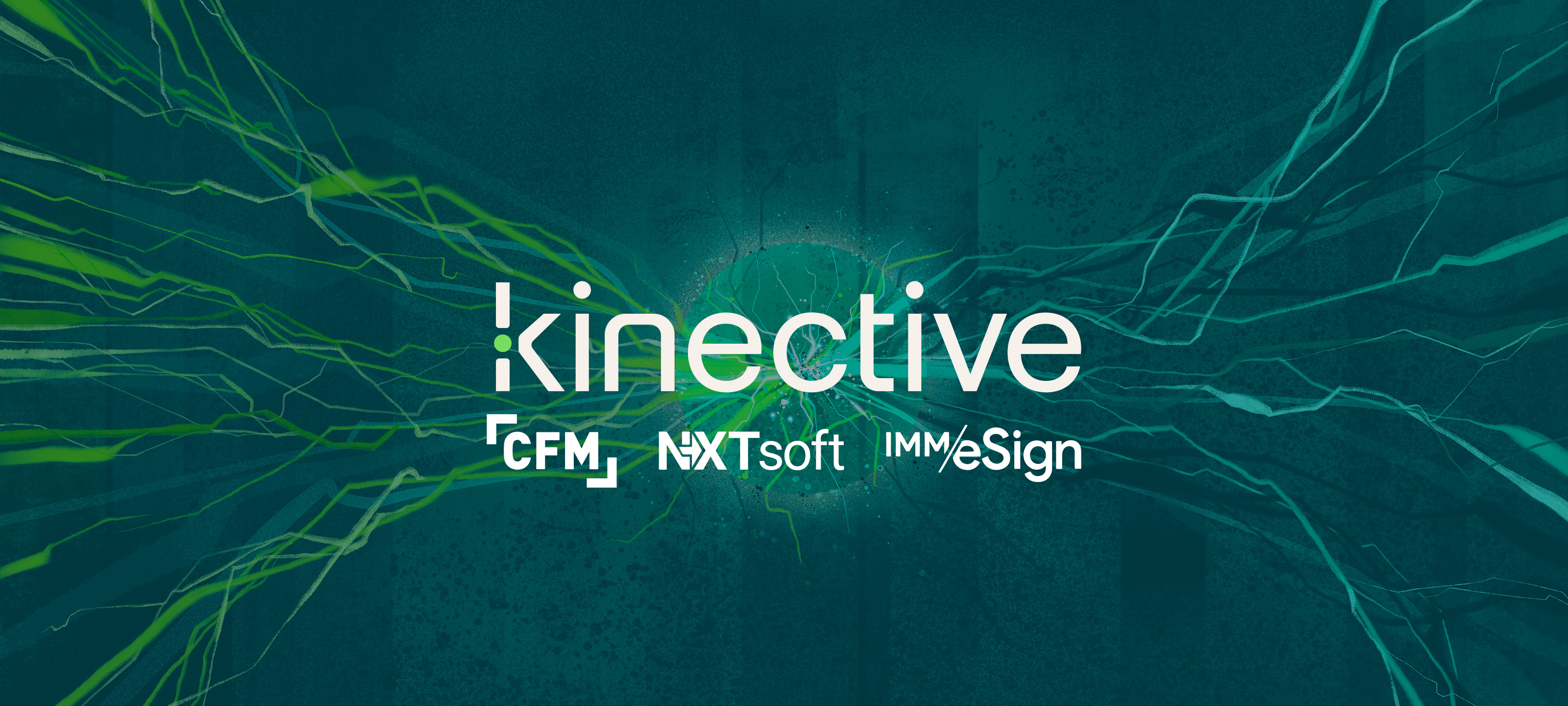The pandemic has affected our everyday lives, and no person or industry is immune to its effect. The economy had to quickly adjust to uncertain times with no precedent or expected timeline for normalcy. A shift in the way the traditional financial industry operates became mandatory to stay in business.
Historically, the financial services sector has been relatively slow to adopt new technologies. Although the growth of online banking has been evident throughout recent years, we still saw people physically visiting branches to complete banking transactions such as arranging a line of credit or obtaining loans. However, a few key effects of the pandemic forced the financial industry to accept and even accelerate its digital transformation.
In the early days of COVID-19, the term “social distancing” quickly became a part of our everyday vocabulary. We put on our masks and stayed a healthy 6 feet away from others. Another term we swiftly adopted was “work from home,” or WFH. A study released in 2020 by Pew Research indicated that 71% of employed Americans were currently working from home. With the rise of new variants and instability of this “new normal,” many companies will continue to WFH or incorporate a hybrid environment for the foreseeable future.
Bank and credit union employees were no different from any other professional. They too were forced to leave branches and adapt to a remote or hybrid environment. Their values shifted to keeping themselves and their customers safe. Without the adoption of digital tools, like eSignature solutions, day-to-day banking operations were simply not possible. Thus, financial institutions were forced to accelerate their digital adoption strategies.
As the world evolved, so did consumer expectations. Consumers began to value health and safety more than ever before and the desire for touchless or contactless transactions became more evident. According to a 2020 study by Chase, 54% of consumers stated that they used digital banking tools more than they did the previous year due to COVID-19. The financial industry again needed to adapt or face the risk of losing clients. We saw a boom in the adoption of e-Signatures from banks and credit unions who were looking to adapt to changing consumer behavior. They could now move transactions forward in an era of social distancing, like opening an account or applying for a mortgage.
While many more aspects of the pandemic pushed digital solutions to the forefront for financial institutions, it’s important to focus on how these modernized technologies can create a more valuable financial ecosystem for the future. COVID-19 may have been a catalyst for the industry’s digital adoption, but we have the opportunity now to continue accelerating the digital journey for the financial industry.






.png)